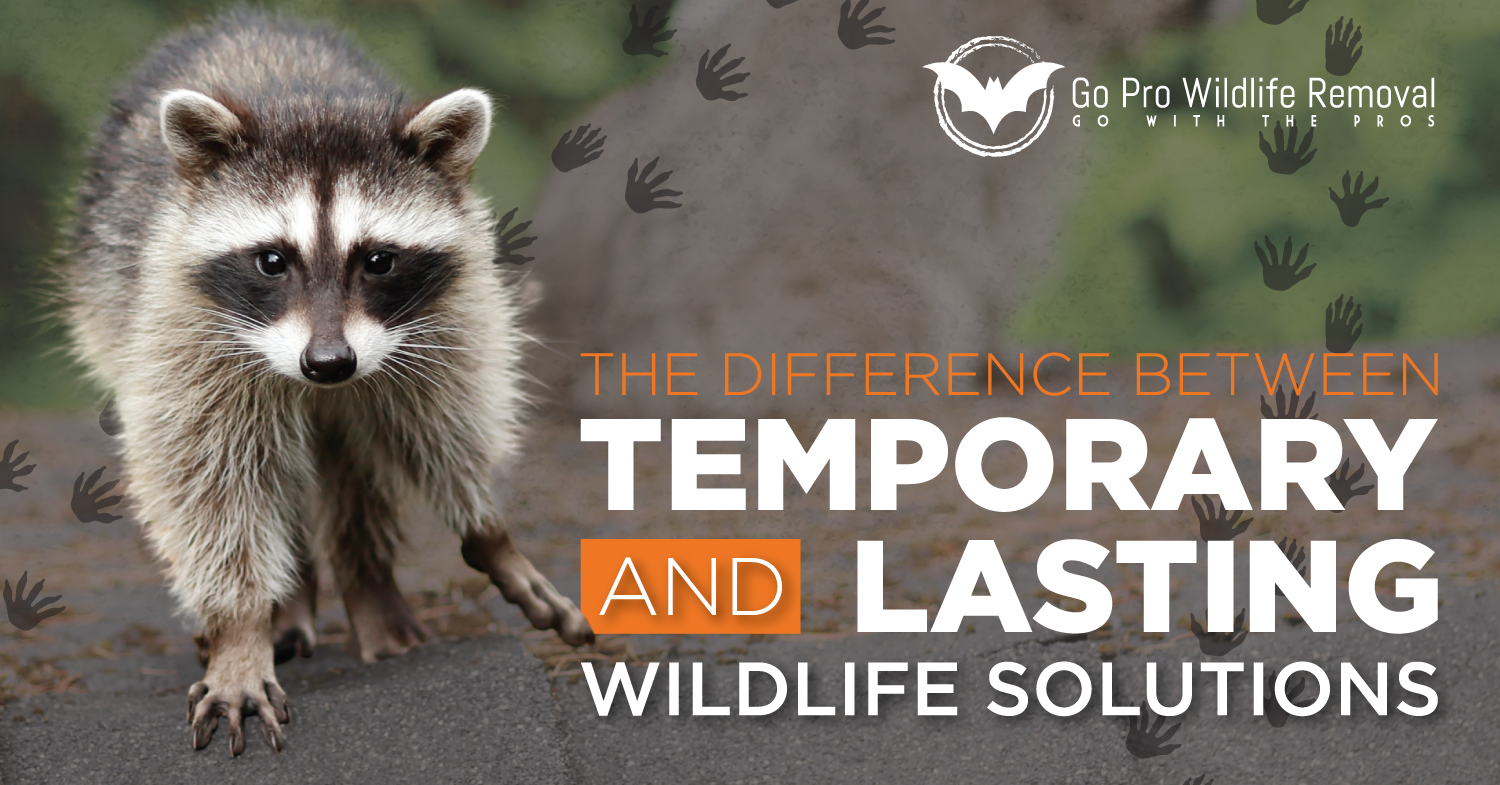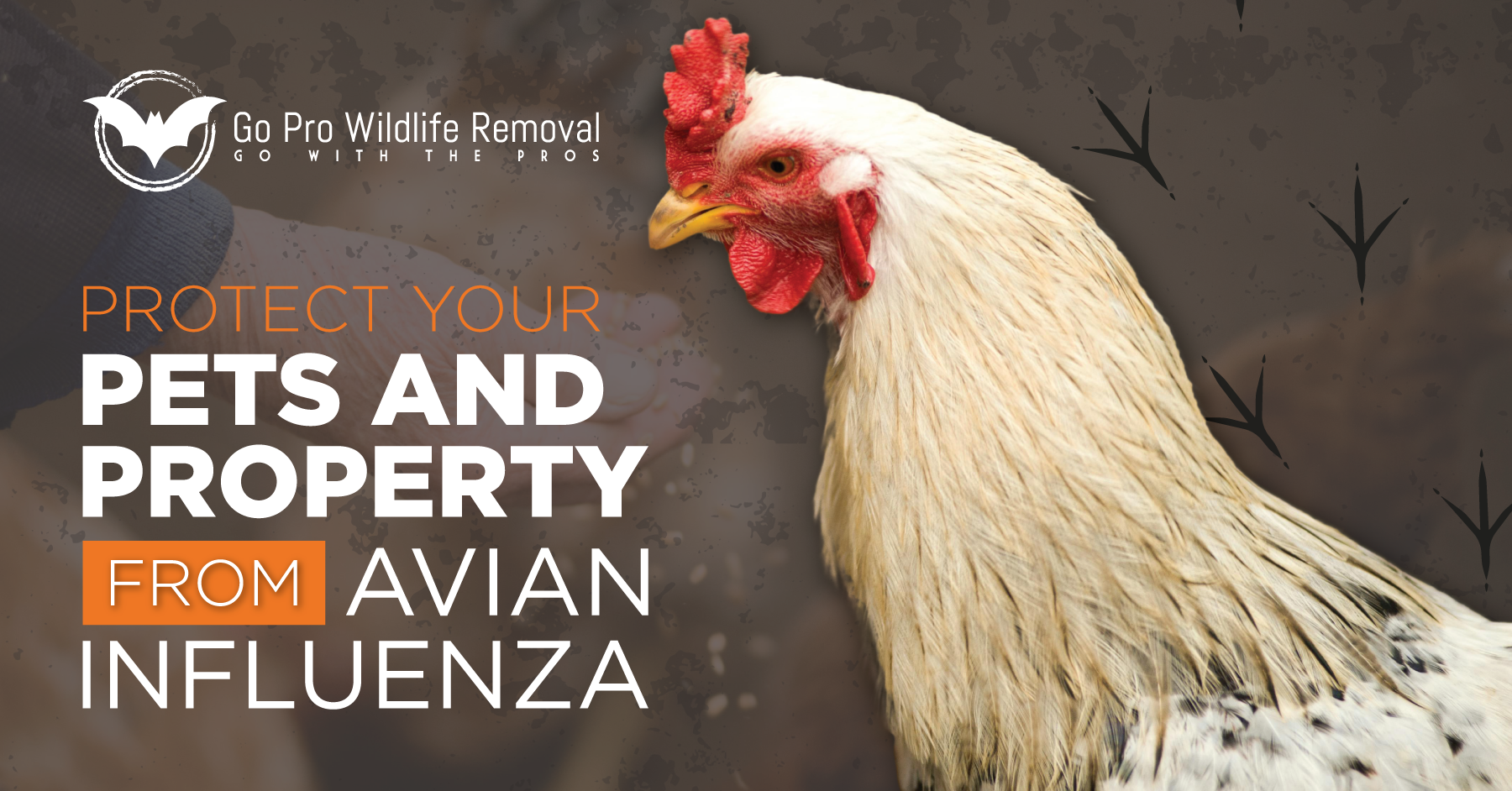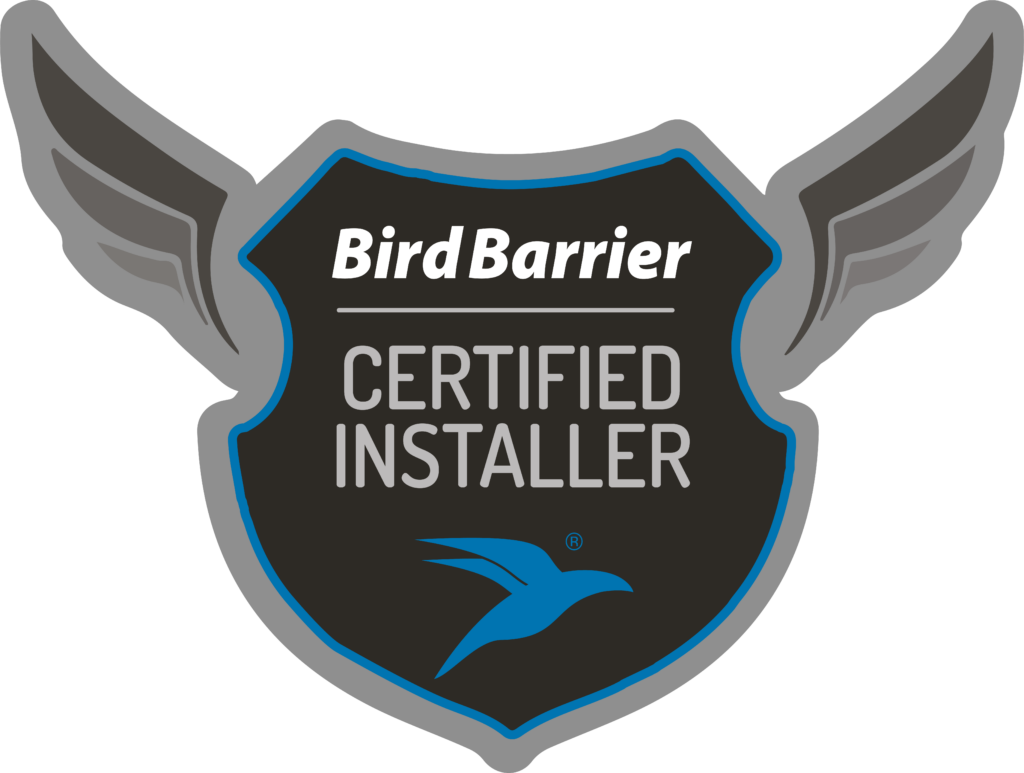by TRIND Design
Share
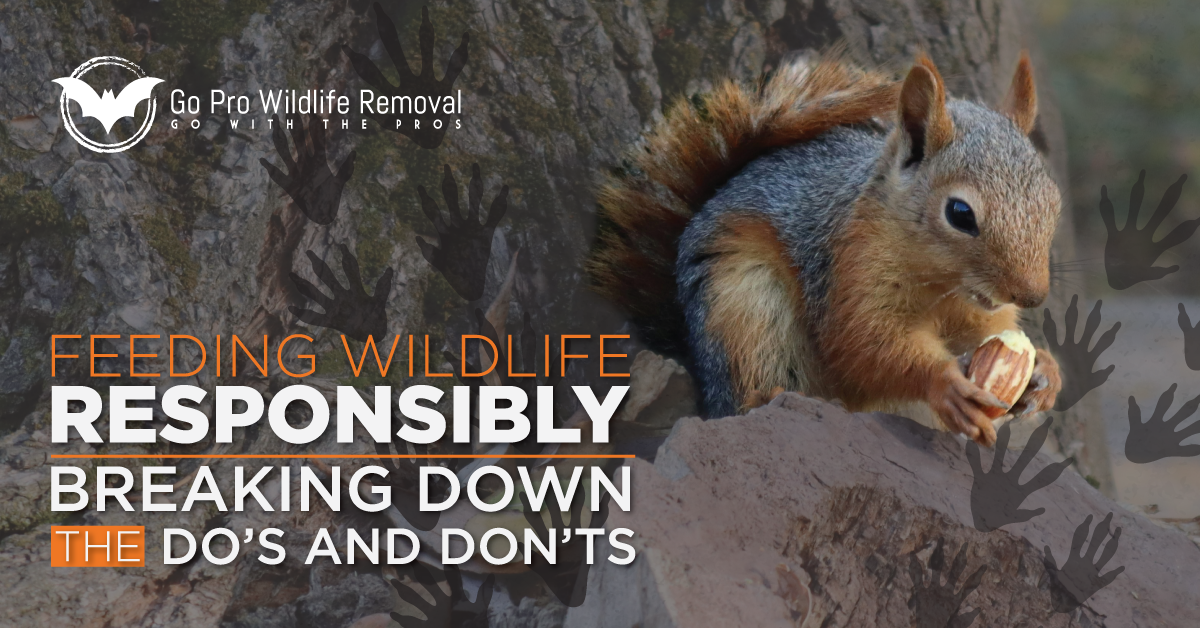
Feeding Wildlife Responsibly — Breaking Down the Do’s and Don’ts
Feeding wildlife might seem like an act of kindness, but without understanding the possible impact, these well-intentioned actions can often cause more harm than good. Understanding what feeding wildlife responsibly means can help protect both animals and the natural environments they rely on. When supporting wildlife, it’s not just about offering food, it’s about doing it the right way.
Why Feeding Wildlife Potentially Causes Problems
When wild animals become accustomed to handouts, their natural behaviors can change. Animals may start to rely on human-provided food sources and risk losing their instinct to scavenge or even lose their natural fear of people and become aggressive.
These behaviors can lead to:
- Poor nutrition from inappropriate foods like breads, processed snacks or even trash that’s been poorly disposed of
- Dangerous interactions between humans and wildlife
- Starvation as wildlife could begin to starve themselves by avoiding natural food sources
While the intention of feeding wildlife may be perceived as a kind gesture, the long-term consequences often create more risks for the animals.
Feeding Wildlife Responsibly: A Guide
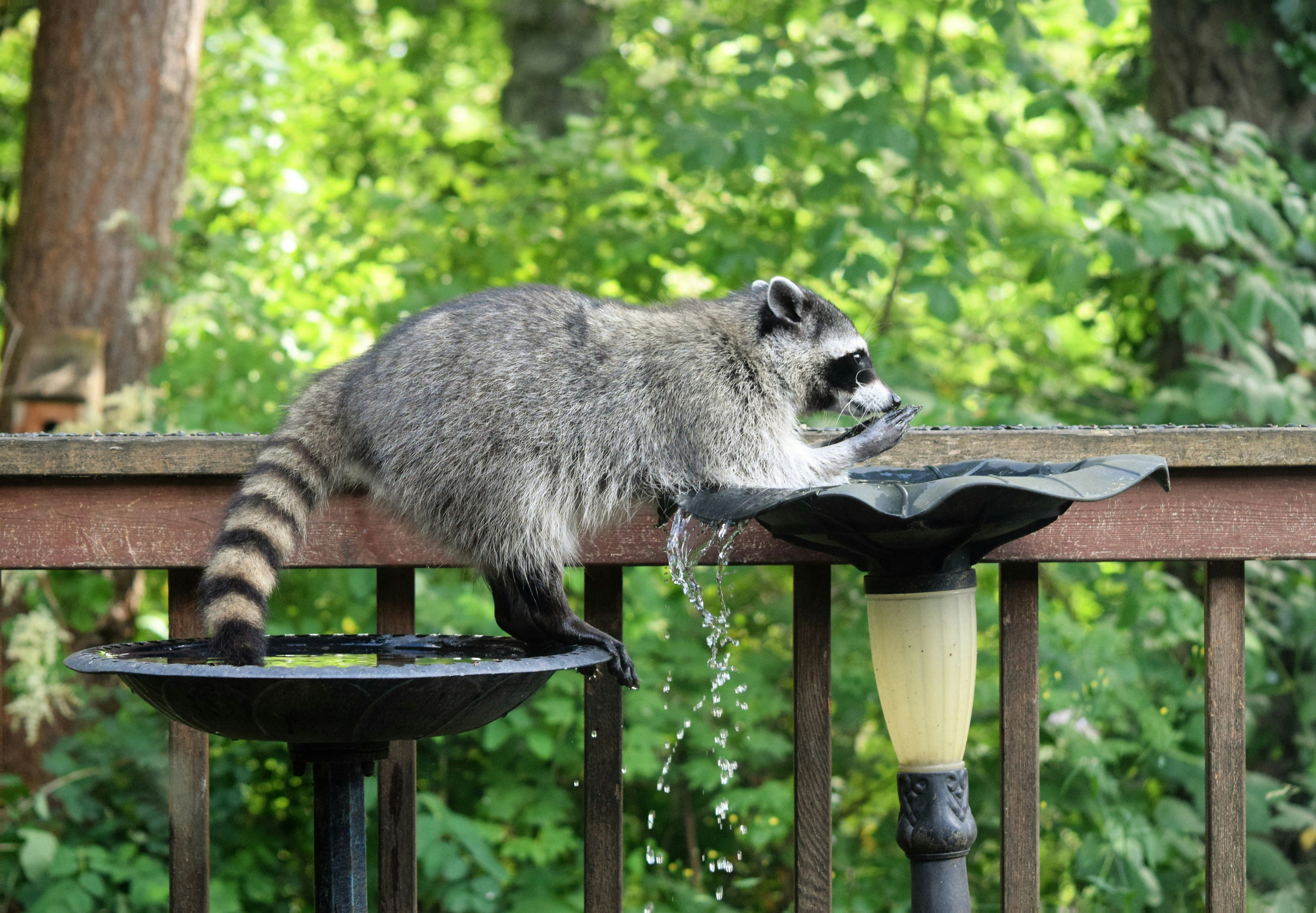 Feeding wildlife responsibly means making informed choices that prioritize the animal’s health and natural behaviors.
Feeding wildlife responsibly means making informed choices that prioritize the animal’s health and natural behaviors.
Examples of responsible feeding include:
- Feeding indirectly through their habitat, such as including native plants, shrubs and trees in your landscaping
- Maintaining clean feeding areas like bird feeders and water sources
- Limiting direct interactions with wildlife
If you’re going to feed wildlife, it’s important to research and understand the needs of the animals you’re feeding or considering feeding.
Supporting Wildlife Without Directly Feeding
While feeding can sometimes be done responsibly, there are even better ways to support wildlife without the risks.
Examples include:
- Planting native gardens
- Offering clean water sources
- Protecting natural habitats
By focusing on habitat support rather than directly feeding wildlife, you’re providing lasting benefits to the wildlife population.
Choosing to feed wildlife responsibly and supporting them through habitat efforts ensures wild animals remain healthy, independent and safe. When you prioritize the animal’s natural instincts and well-being, you create a healthier relationship between humans and wildlife for years to come. Support wildlife by protecting their natural behaviors, not changing them.
Feeding Wildlife Responsibly – Breaking Down the Do’s and Don’ts
Feeding wildlife responsibly can protect both the animals and the natural environments that they rely on.
Feeding Wildlife Responsibly – Breaking Down the Do’s and Don’ts
Feeding wildlife responsibly can protect both the animals and the natural environments that they rely on.
The Difference Between Temporary and Lasting Wildlife Solutions
When animals enter your home or business there are two main solutions: Critter getters or Wildlife Removal. While both may seem like practical options, understanding the difference between the two will help you make the best decision for a long-term solution.
Protect Your Pets and Property from Avian Influenza
Avian Influenza, also known as Bird Flu, is a virus that spreads by birds, but can infect domestic pets, cattle and in some cases, humans. Read to learn more about the prevention and control of this virus.
Backyard Chickens: Helpful or Hurtful?
Although chickens can be a great addition to your backyard, they can pose challenges in more ways than one. The attraction of having a fresh supply of eggs just steps away from your door is more tempting than ever, especially with the rising cost of eggs. Plus, they can be a fantastic way to reduce food waste by eating your scraps and even help keep your backyard bug population down.
Meet the Flying Squirrels
Although rarely spotted, flying squirrels are surprisingly common and can cause quite a nuisance if they invade your home. Go Pro Wildlife Removal can identify and repair squirrel damage while eliminating the chance of re-entry.
Contact Info
Service Areas: Contact Go Pro today! We offer wildlife removal solutions in Auburn, Opelika, Lake Martin, Valley, Montgomery, AL and Columbus, GA areas.
Phone: (334) 744-0391
Hours: Open 9:00 am – 5:00 pm
Feeding wildlife responsibly can protect both the animals and the natural environments that they rely on.
When animals enter your home or business there are two main solutions: Critter getters or Wildlife Removal. While both may seem like practical options, understanding the difference between the two will help you make the best decision for a long-term solution.
Avian Influenza, also known as Bird Flu, is a virus that spreads by birds, but can infect domestic pets, cattle and in some cases, humans. Read to learn more about the prevention and control of this virus.
Although chickens can be a great addition to your backyard, they can pose challenges in more ways than one. The attraction of having a fresh supply of eggs just steps away from your door is more tempting than ever, especially with the rising cost of eggs. Plus, they can be a fantastic way to reduce food waste by eating your scraps and even help keep your backyard bug population down.



